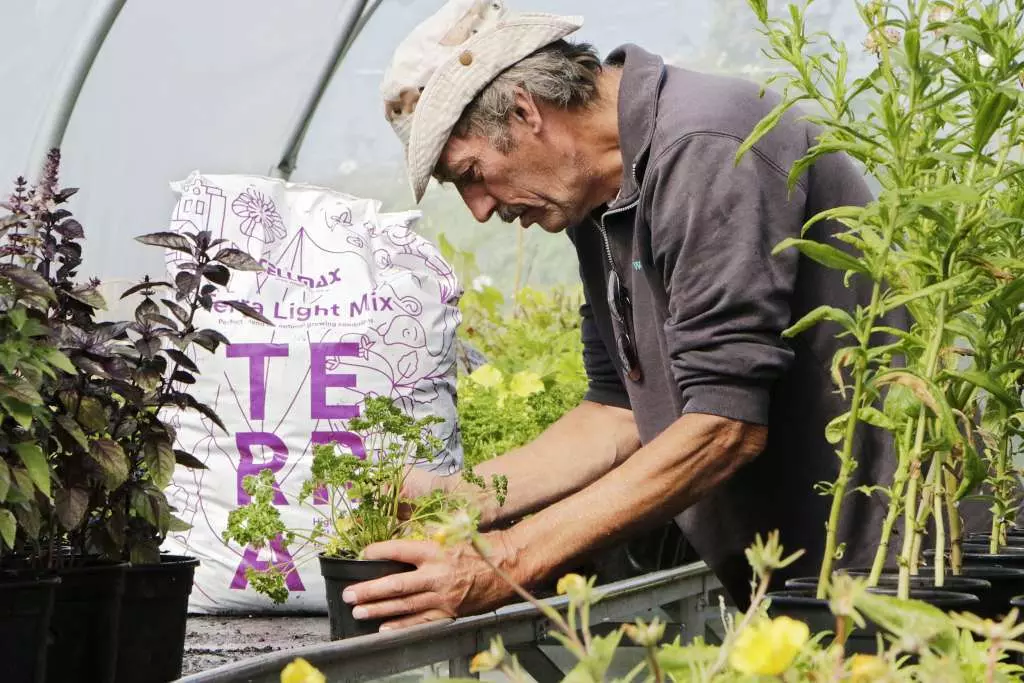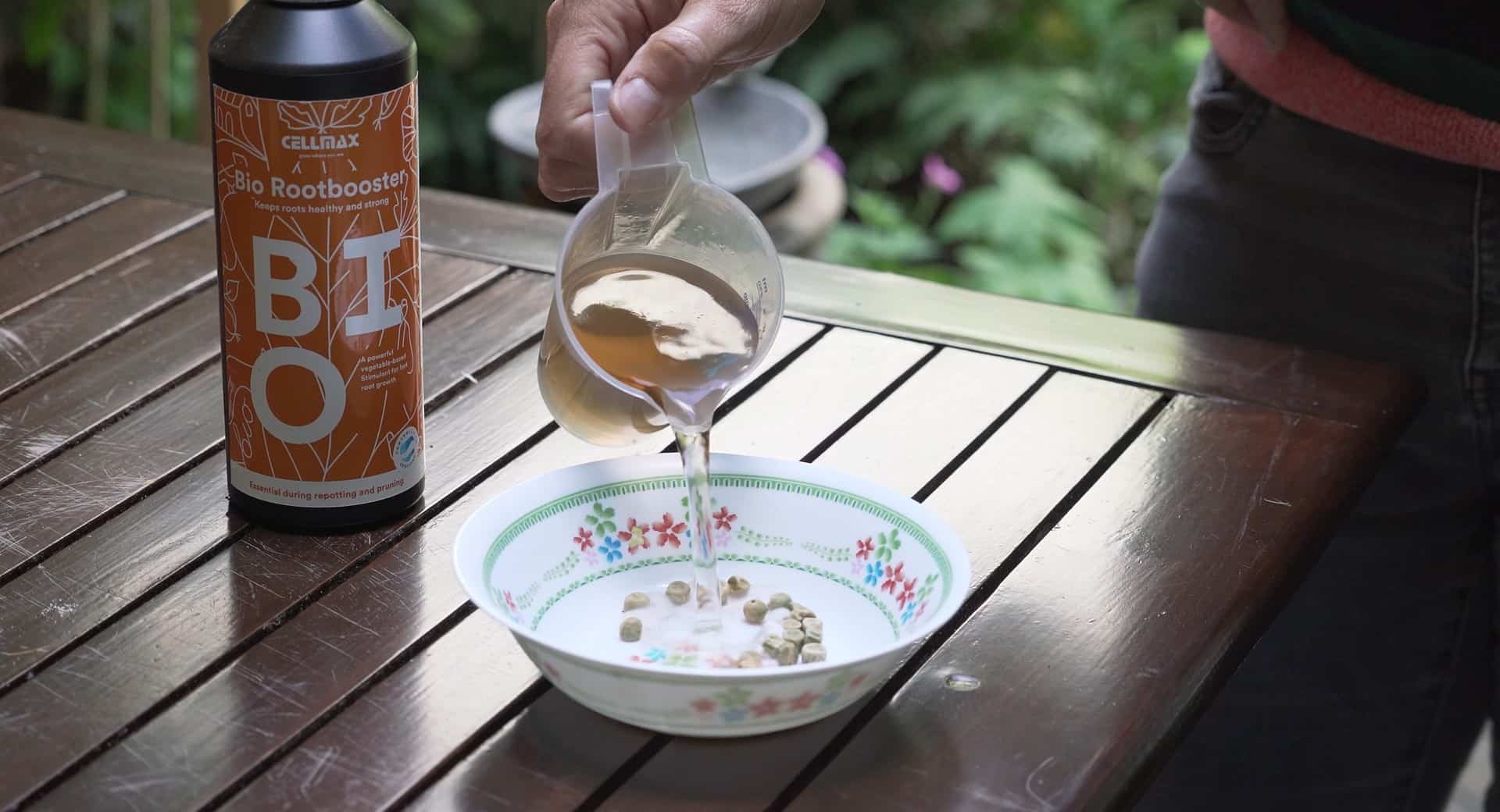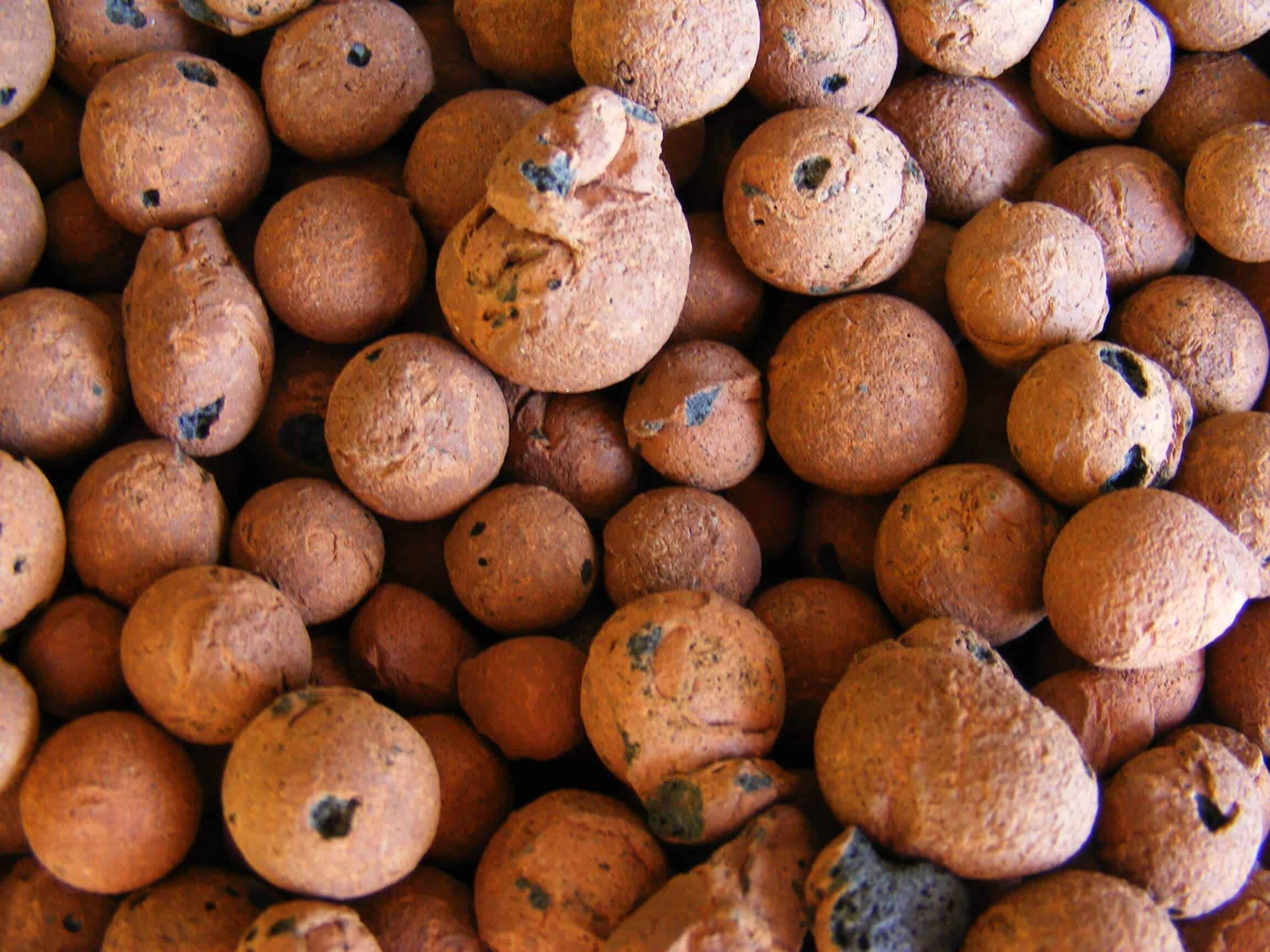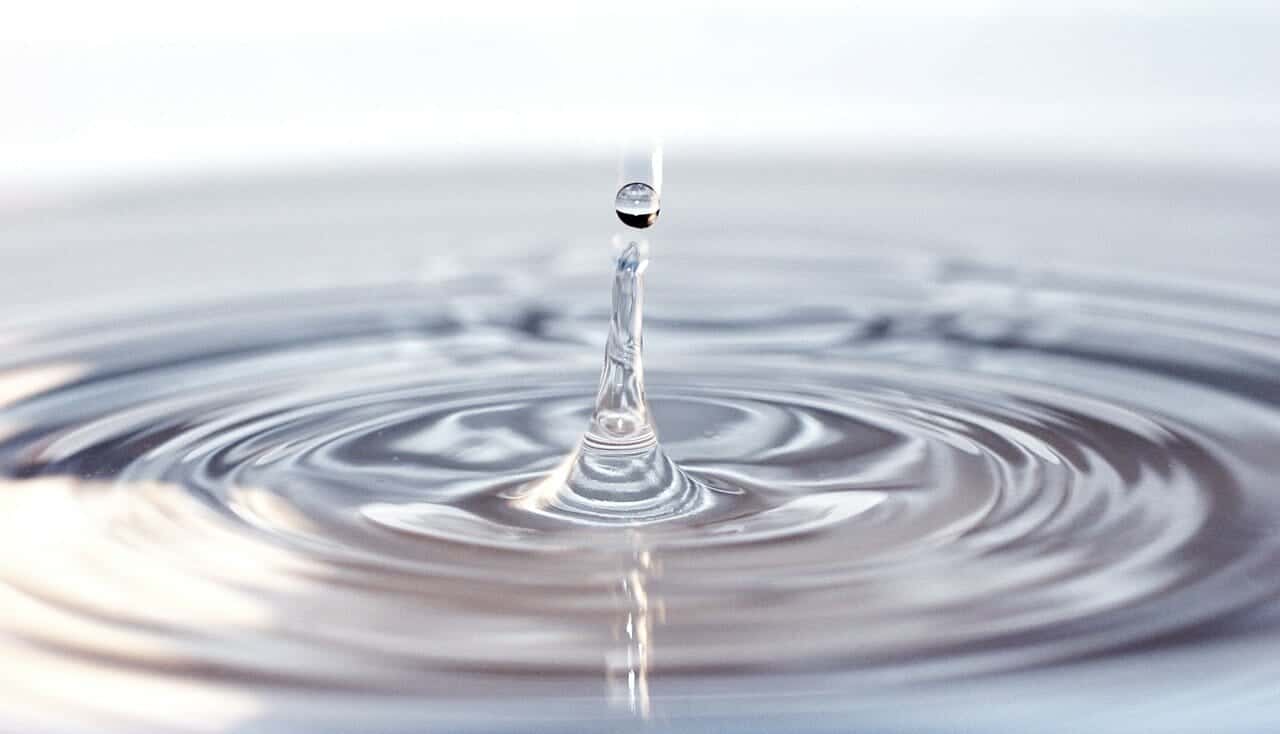Do you have green fingers but get discouraged by all the choices in potting soil? Are you looking for sustainable options without animal products? Or do you just want to know what is really best for your plants?
In the garden centre, the possibilities seem endless. Orchid soil, cactus substrate, cutting soil, universal potting soil... You can't see the wood for the trees. Moreover, many of these products contain fillers that hardly contribute anything to the health of your plants.
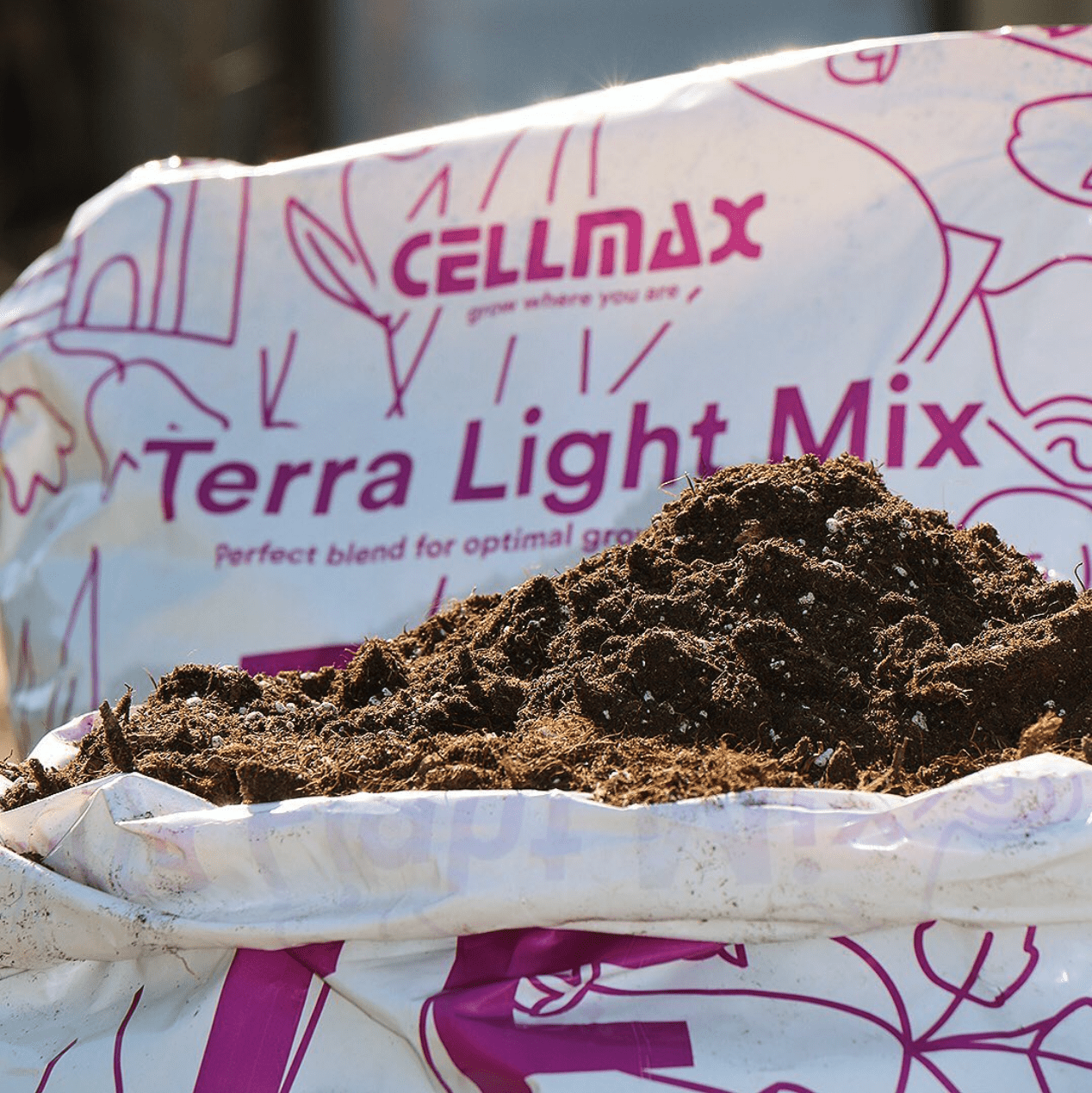
Your plant's basic needs
Despite all the marketing pitches, the basic needs of plants are actually quite simple. Every plant only needs three things: air, moisture and nutrition. Good potting soil provides the right balance of these elements so that roots can grow healthily. So good news for novice and experienced plant lovers alike: most plants thrive in one universal, high-quality potting soil.
At Cellmax, we focus on these essential needs. Our mixtures are carefully formulated from sustainable, organic ingredients that actually contribute to healthy root development and vigorous growth. And where many standard potting soils contain animal residues as fertiliser, Cellmax deliberately chooses entirely plant-based compositions. Each label also clearly states what it contains, so you can make a transparent and well-considered choice.
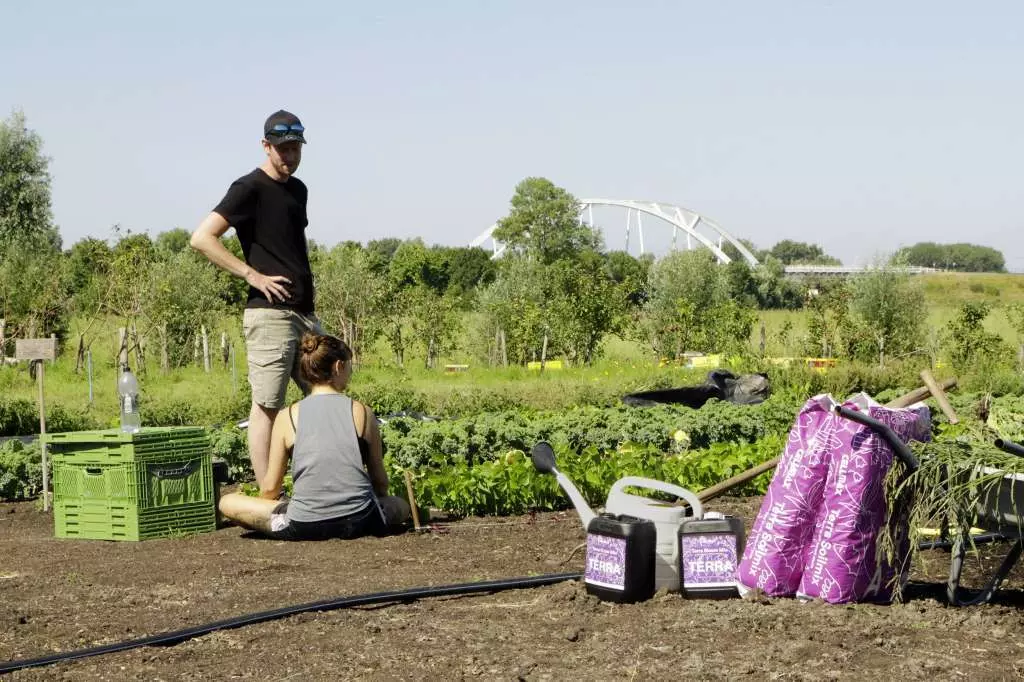

What do the different ingredients of potting soil mean for your plant?
Peat bog
What it is: light, spongy material of decomposed peat moss.
What it does: It has a low pH and retains moisture well. It provides a stable base for root development, especially in acid-loving plants such as azaleas. Sustainability: Cellmax uses only RPP-certified peat moss peat, harvested with minimal environmental impact.
Coconut (fibre and grit)
What it is: fibres and grit from the shell of coconuts.
What it does: it is aerated, retains moisture and recovers after drying out, supporting root development. Ideal for seedlings and cuttings.
Sustainability: it is a residual product from the coconut industry, reusable and a sustainable alternative to peat.
Wood fibre
What it is: fibres pressed from wood chips under high pressure.
What it does: it is pH-neutral and aerated, improving soil structure and root growth.
Sustainability: it is biodegradable and made from residual products from responsible logging.
Tree bark
What it is: reduced pieces of tree bark.
What it does: it provides airiness and stability in the potting soil, and it hardly absorbs any water, making it very suitable for plants with aerial roots, such as orchids.
Sustainability: it is a residual product from the wood industry.
Green compost
What it is: plant residues such as prunings and grass.
What it does: it adds beneficial micro-organisms that improve soil life, and therefore natural plant growth. Due to the different pH values and compositions, green compost is used in limited quantities.
Sustainability: it is a natural product from recycled organic material.
Clay, sand and perlite
What it is: these are mineral additives with different properties.
What it does:
- Clay promotes moisture regulation.
- Sand improves drainage.
- Perlite is a puffed volcanic rock that improves airiness.
Sustainability: these are natural materials that are combined with the above ingredients to enhance certain properties.
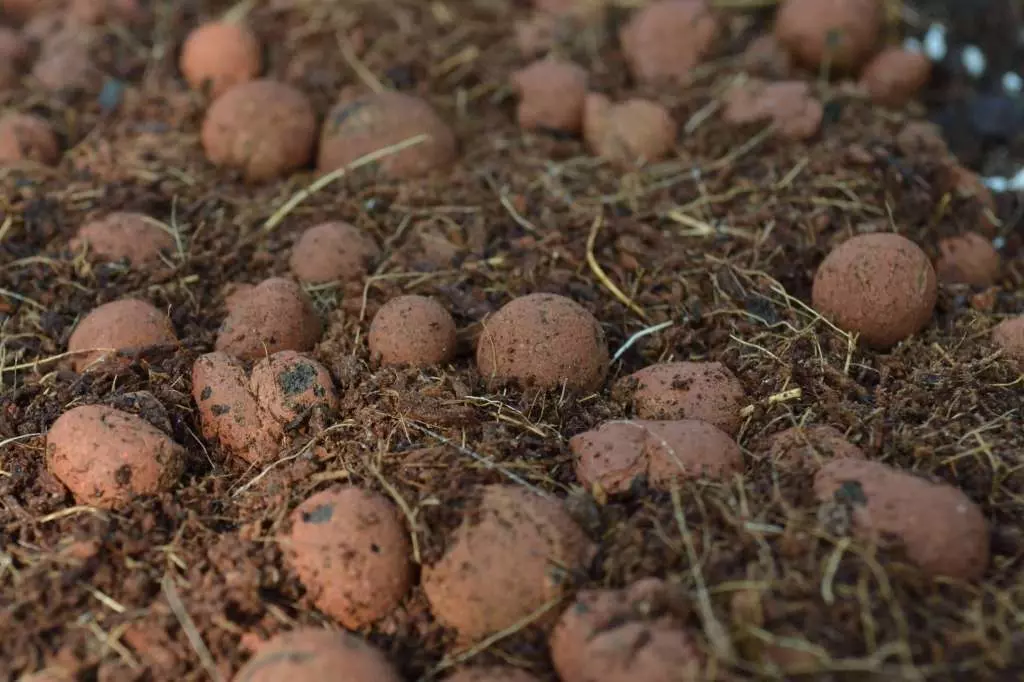
The right basis for your plants
Cellmax's potting soils consist of a combination of the above ingredients. In addition, they are fully plant-based and free of animal fertilisers. They not only support healthy and strong growth, but are also perfect for the responsible grower looking for quality as well as a minimal ecological footprint.
Want to discover which Cellmax universal potting soil best suits your growing methods?
